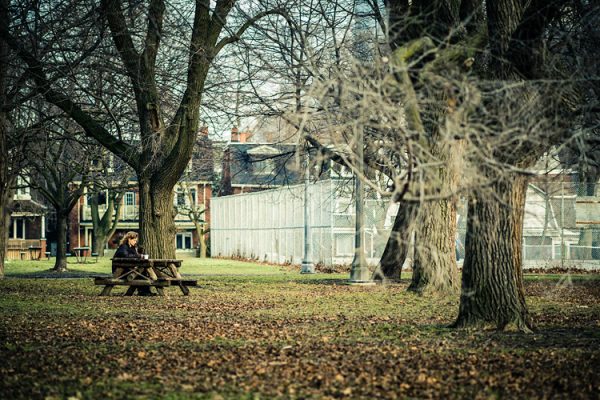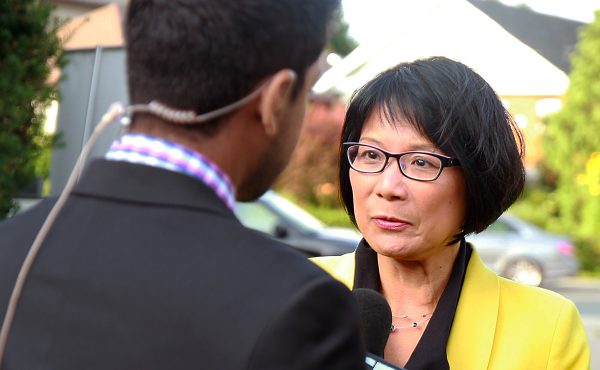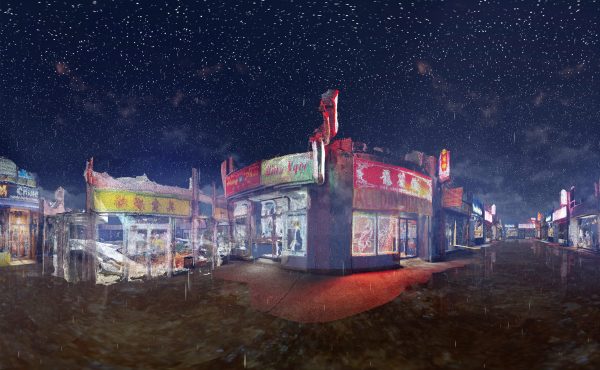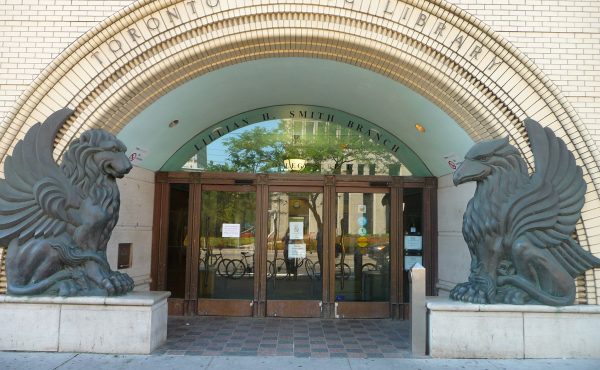This is a guest column by Mary W. Rowe, CEO of the Canadian Urban Institute
Over 80% of Canadians live in cities, making us one of the most urbanized countries in the world — compelling statistic in a country as vast as ours.
The very qualities that have attracted so many of us to cities — their dense and dynamic energy and diversity — have also made them a petri dish for complex challenges when faced with a crisis on the scale of COVID-19.
In the past few weeks, we have witnessed Canada’s urban centres activate extraordinary resourcefulness in the face of unprecedented disease transmission. City dwellers are creating new norms for living in close proximity. Together we are identifying how we need to evolve, and exploring original, clever, thoughtful, healthy ways to exchange goods and services, play together and look after each other.
Resilience – the capacity to constructively adapt – is the sum of many parts and the accumulation of many things that together equip us to adjust and thrive. From where I sit, this crisis is revealing a myriad of issues that need attention in our cities. In short order, the crisis has exposed incredible possibilities but also significant missing pieces.
On the plus side, individuals, groups, agencies and businesses are demonstrating active and inspiring resilience every single day. On the lessons-learned side, however, this virus has revealed a structural gap in cross-Canada information sharing amongst local governments.
This gap cannot persist. We need to put in place the connective tissue that builds resilience within and between our cities.
For this reason, the Canadian Urban Institute (CUI) released two websites this week that were quickly developed in collaboration with many of our partners.
The first, CityShareCanada.ca, is meant to capture smart, imaginative COVID-19 responses being tested moment-by-moment across the country.
Some recent crowd-sourced posts include a bike brigade making deliveries to quarantined people; a virtual coffee date that keeps tabs on veterans across the country, and a virtual farmer’s market and delivery service, linking city dwellers to local produce facilitated by a new, open source app.
The very process of harnessing the wisdom of crowds is invaluable: it’s how cities make and remake themselves. It reinforces the truism that we are all city builders, engaged in ongoing city building.
As Jane Jacobs, Canada’s favourite adopted urbanist observed 60 years ago, “lively, diverse, intense cities contain the seeds of their own regeneration, with energy enough to carry over for problems and needs outside themselves.”
Our second new site is CityWatchCanada.ca – a real-time hub for municipal responses to COVID-19. Updated daily by a growing team of volunteers (join us!), the goal is to accelerate learning and information sharing amongst our local government leaders and staff working around the clock for their residents and businesses.
Post-COVID, this data will allow us to analyze the impacts of the demands placed on our local governments and communities, the authority and resources they had and didn’t have, and the services they were and were not able to deliver.
A bit more about the role of government in a crisis of this magnitude: Canada’s quick and compassionate response to the COVID19 crises is being lauded around the world. Our federal and provincial governments are developing critical response programs. But on the ground, the survival of every community is dependent on the quality of the municipal government and local community leadership.
That said, the day-to-day challenges are fundamentally hyper-local, as communities struggle to support our most vulnerable, as well as adjust to the closure of amenities so key to maintaining neigbourhood connections.
Canada’s mayors and councils, and their local public health departments and city agencies, must make difficult decisions with potentially significant social and financial implications, like closing playgrounds and waiving transit fares. Yet it is the mayors and councils that are forming local business recovery task forces, creating outreach partnerships for vulnerable populations and closing streets to traffic so residents can safely exercise.
Going forward, the challenge for Canada will be to learn how we must govern and resource our cities so they can be all they need to be for our 30 million urban dwellers.
As for the CUI, our next steps are to keep track of the innovations, work to understand the emerging desire paths, and continue to nurture the city-level connective tissue across this vast country. Up next, we will actively turn our focus to Canada’s main street businesses, to gain a deeper understanding of how downtowns are responding and adapting to the crises.
CUI is a champion and fierce advocate for the future of urban life for Canadans, which drives economic and social innovation across the country. Could it be any clearer that city building is national building? The COVID19 crisis is acting like a particle accelerator, making visible every latent vulnerability in our urban systems such as housing, transit, and local retail. But solutions are being hastened too. Although the immediate challenges are enormous and mounting, local initiatives will continue to surface, valuable manifestatons of self-organization that cities alone enable.
Our collective task now, and which our sharing platforms are focused on, is to quickly learn from each other whats working, whats not, and whats next, and come out the other side with locally generated solutions that wil inform how Canada’s cities are resourced and governed going forward.
Mary W. Rowe is the CEO of the Canadian Urban Institute. She is a leading urban advocate and civil society leader who has worked in cities across Canada and the United States. In 2005, she worked with national philanthropic, government and community organizations to support community-led resilience initiatives after Hurricane Katrina. In 2012, she worked on the recovery from Hurricane Sandy while living in New York City. Follow her on Twitter at @rowemw.




